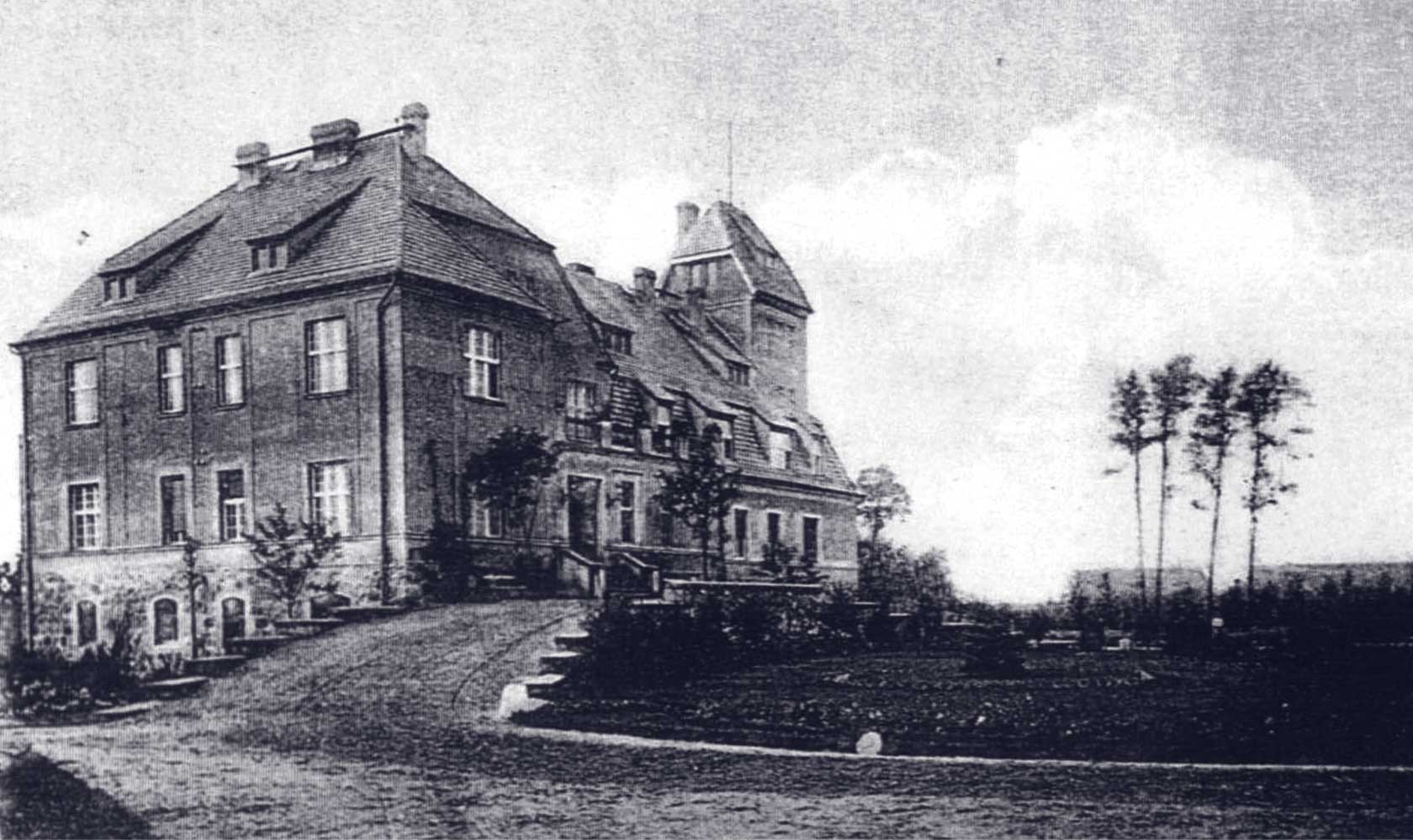Greenery and tree stand
The tree stand of the palace and park complex is diverse as to its composition, age, species. The essential elements of the composition were created in the second half of the 19th century and at the beginning of the 20th century. The park is a landscape park, with a viewing area in the meadow situated in the south-west part of the establishment and examples of natural monuments growing in the northern part in front of the southern elevation of the manor house: thuja trees, small-leaved lime trees from the second half of the 19th century. The small-leaved lime trees in the avenue next to the entry to the farm complex – also natural monuments – also come from that period.
Elements of greenery from the beginning of the 20th century include the trees growing on the outskirts of the forest buffer zone: the Jack Pine, the red oak, the spruce, a group of European larch trees, the pedunculate oak of the fastigiata type – on the north-south axis of the establishment, which is also the viewing axis, and an avenue of pine trees, two common red-leaved beech trees, an entry avenue of red oaks, greenery in the north-east part of the establishment: avenues of conifers with the silver fir, larches, spruces, as well as small-leaved lime trees, pedunculate oaks, common maple trees, greenery in the garden – with the pedunculate oak on the axis: thuja tree, common spruce in front of the southern-western corner of the manor house, silver birches, common beech trees, red oak, silver maple, the regular composition of the flower bed on the courtyard with the pedunculate oak, two junipers and thuja trees, a boundary avenue of ash trees with a cherry plum hedgerow, an avenue of ash trees with a cherry plum hedgerow in the eastern part of the establishment, an avenue of ash trees with a cherry plum hedgerow surrounding the pasture.


